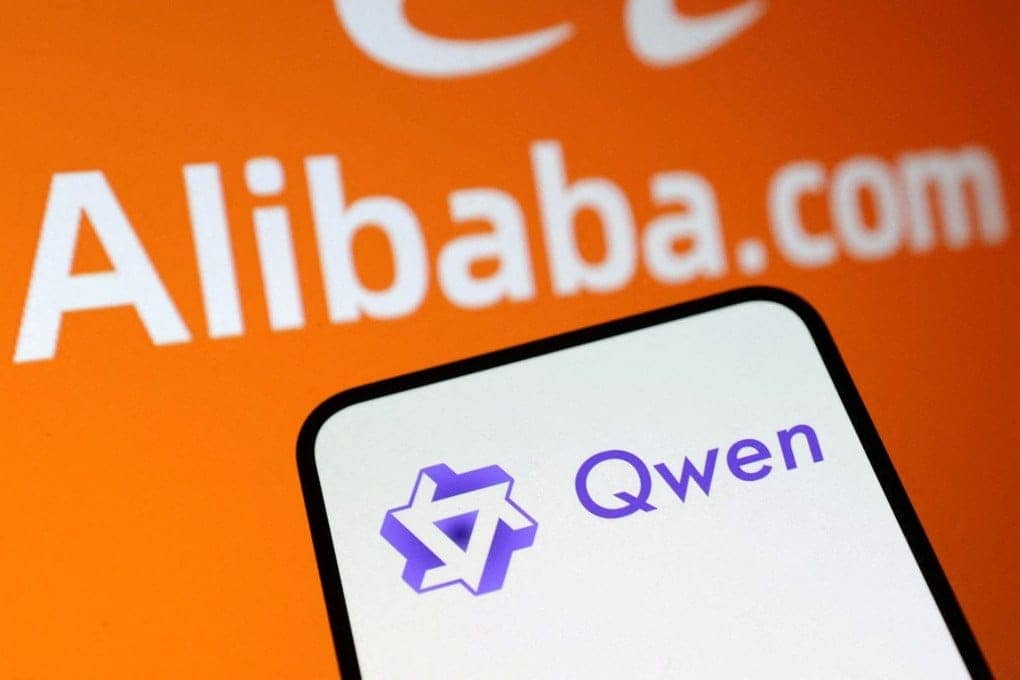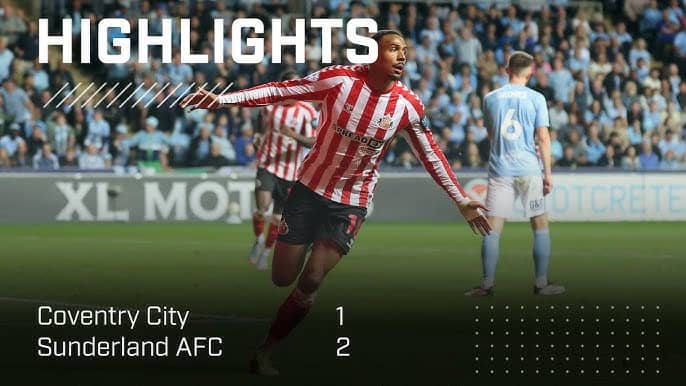Qwen3 Hugging Face vs GPT-4:Which model is best for AI?
Introduction
In the world of artificial intelligence, two models have garnered significant attention: Qwen3 from Hugging Face and GPT-4 by OpenAI. Both are powerful language models capable of generating human-like text, but they are built with different approaches, technologies, and capabilities. As AI-driven content creation continues to evolve, choosing the right model for your needs can be a daunting task. Whether you’re a developer, business, or researcher, understanding the strengths and weaknesses of each model is crucial.
In this article, we will compare Qwen3 Hugging Face vs. GPT-4, exploring their unique features, performance, use cases, pricing, and more. By the end, you will have a clearer idea of which model is the best fit for your specific applications, whether you’re focused on deep learning, natural language processing, or scalable AI solutions. Let’s dive into the differences and find out which AI model truly reigns supreme.
Overview of Qwen3 from Hugging Face
Qwen3 is a state-of-the-art language model developed by Hugging Face, designed to push the boundaries of natural language understanding and generation. Built on advanced transformer architectures, Qwen 3 is capable of performing a wide range of tasks, including text generation, summarization, translation, and more. It excels in various domains such as conversational AI, content creation, and research applications, offering high performance and flexibility for developers and businesses alike.
Key Features of Qwen3
Qwen 3 stands out for its ability to generate human-like text with impressive coherence and relevance. Some of its key features include fine-tuned control over the output, multi-language support, and adaptability to specific industries or topics. Hugging Face’s emphasis on user-friendly interfaces and seamless integration into existing workflows also makes Qwen 3 a powerful tool for AI developers. Furthermore, it offers scalability and customization options that cater to a wide range of user needs.
Overview of GPT-4 by OpenAI
GPT-4, developed by OpenAI, is one of the most advanced language models available today, known for its remarkable ability to generate human-like text. Building upon the success of its predecessors, GPT-4 enhances natural language understanding and generation across a variety of tasks, from creative writing to problem-solving. This model can engage in complex conversations, generate detailed content, and assist in technical applications, making it a versatile choice for a wide array of industries.
Key Features of GPT-4
GPT-4 comes with several standout features that differentiate it from earlier models. It offers improved contextual understanding, better handling of ambiguity, and greater accuracy in generating text. Additionally, GPT-4 excels in multilingual support and can interpret and produce content in various languages with ease. With better reasoning capabilities, it can engage in more sophisticated problem-solving, making it suitable for high-level academic, business, and technical applications. Its ability to create coherent, long-form content also makes it a go-to for developers and content creators alike.
Performance Comparison: Qwen3 vs. GPT-4
When comparing the performance of Qwen 3 and GPT-4, both models show impressive capabilities, but their strengths vary depending on the task at hand. GPT-4 is known for its superior ability to handle complex reasoning, nuanced conversations, and long-form content generation. However, Qwen 3 shines in its efficiency and adaptability, often providing faster response times and excellent performance in specific domain-specific tasks. Performance benchmarks also reveal that GPT-4 tends to perform better in tasks requiring deep context understanding, while Qwen 3 offers great versatility and a more optimized experience for developers looking for scalable solutions.
Use Cases: When to Choose Qwen3 and When to Choose GPT-4
Choosing between Qwen3 and GPT-4 largely depends on your specific use case. GPT-4 is ideal for high-level tasks that demand deep reasoning, advanced conversation abilities, and high accuracy, such as academic research, technical problem-solving, and detailed content creation. On the other hand, Qwen 3 is a more practical choice for developers and businesses looking for a flexible, cost-effective model that excels in rapid deployment, integration, and real-time applications. It’s especially suitable for content generation, customer service bots, and niche AI solutions.
Pricing and Accessibility: Qwen3 vs. GPT-
When it comes to pricing, both Qwen 3 and GPT-4 offer flexible options, but the costs can vary significantly depending on usage. GPT-4, being a more advanced and resource-intensive model, generally comes with a higher price point, especially for businesses or developers requiring large-scale API usage. On the other hand, Qwen 3 tends to be more affordable, making it an attractive option for smaller projects or developers working with limited budgets. Both models provide access through cloud platforms, with pricing tiers based on the number of tokens processed or the scale of usage, allowing users to choose the best option for their needs.
Advantages and Limitations of Qwen3
Qwen3 offers several advantages, including its speed, efficiency, and easy integration with existing AI pipelines. Its open-source nature also allows developers to customize and fine-tune the model to suit specific applications. However, one limitation of Qwen 3 is that it may not match the deep reasoning and context retention capabilities of more advanced models like GPT-4. Additionally, its language generation quality can sometimes fall short in highly complex or nuanced tasks, which may be a factor to consider depending on the project’s requirements.
Advantages and Limitations of GPT-4
GPT-4 excels in many areas, including its ability to generate coherent, contextually rich text and perform complex reasoning tasks. Its ability to handle a wide range of topics with depth and precision makes it ideal for applications in research, content creation, and even technical fields like programming and data analysis. However, GPT-4’s main limitation lies in its high computational requirements, which can lead to increased costs, especially for long-term use. Additionally, while it is incredibly powerful, it can sometimes generate outputs that are overly verbose or not perfectly aligned with the user’s intent, requiring careful tuning and fine-tuning for optimal results.
Expert Opinions and Industry Insights
Industry experts highlight the growing importance of both Qwen3 and GPT-4 in shaping the future of artificial intelligence. Many developers and AI researchers point to GPT-4’s advanced reasoning abilities and versatility as crucial for tackling high-stakes, complex tasks. However, Qwen3 is praised for its balance between affordability and performance, with several businesses adopting it for practical, real-world applications. Analysts agree that both models have their place in the AI ecosystem, and the decision often comes down to specific project needs, budget constraints, and the desired level of complexity.
Conclusion
In the battle between Qwen3 and GPT-4, both models offer unique advantages depending on the specific requirements of the user. GPT-4 stands out for its advanced capabilities in handling complex tasks, deep reasoning, and long-form content generation, making it ideal for high-end applications in research, development, and content creation. On the other hand, Qwen3 provides a more cost-effective and efficient solution, especially for developers and businesses looking for flexibility and faster deployment in real-world applications. Ultimately, the choice between the two depends on factors such as budget, task complexity, and performance requirements. Both models are setting new standards in AI, offering exceptional value in different contexts.
You Can Also Read: Solar Industries India Ltd Live Stock Price
FAQS
What is the difference between Qwen3 and GPT-4?
Qwen3 is a cost-effective, efficient model by Hugging Face, ideal for rapid deployment and domain-specific applications. GPT-4, by OpenAI, excels in complex reasoning and high-quality long-form content generation, making it suitable for tasks that require deep understanding.
Which is better for business applications: Qwen3 or GPT-4?
For businesses, GPT-4 is best for complex, high-end tasks, while Qwen3 is more affordable, efficient, and flexible for scalable solutions, such as customer service bots and content generation.
Is Qwen3 open-source, and how does it compare to GPT-4?
Yes, Qwen3 is open-source, allowing for customization and integration. GPT-4 is not open-source, typically requiring paid access, offering superior performance but less flexibility for customization.
How do the costs of Qwen3 and GPT-4 compare?
GPT-4 is generally more expensive, especially for large-scale tasks, as it charges based on token usage. Qwen3 is more affordable, making it ideal for smaller-scale projects or developers with budget constraints.
Which model performs better for content generation: Qwen3 or GPT-4?
GPT-4 excels in creating high-quality, long-form content with advanced context understanding. Qwen3 is better for simpler, faster content generation tasks like product descriptions or summaries.








One thought on “Qwen3 Hugging Face vs GPT-4 Which model is best for AI?”